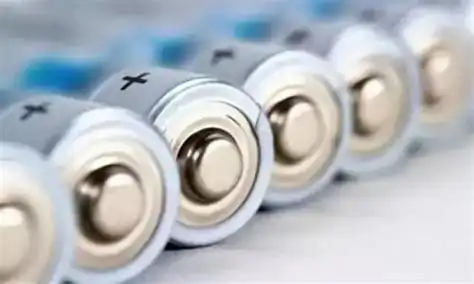Messi Biology stated that in battery technology, battery capacity is an important parameter to measure the battery’s ability to store charge, which directly affects the battery’s endurance and energy output. Improving battery capacity is crucial for new energy vehicles, energy storage systems, and portable electronic devices. In recent years, magnesium hydroxide has been studied as a potential material for improving battery capacity due to its unique physical and chemical properties.

1. As an electrode material, improve specific capacity
The positive and negative electrode materials of traditional lithium batteries (such as graphite, lithium iron phosphate, nickel cobalt manganese oxide, etc.) may change their structure after long-term cycling, resulting in a decrease in capacity.
Studies have shown that doping or coating magnesium hydroxide can enhance the stability of the electrode structure and reduce the loss of active materials, thereby maintaining a higher specific capacity.
For example, adding magnesium hydroxide to the silicon negative electrode can buffer the volume expansion of silicon during charging and discharging, and improve the reversible specific capacity (up to 3000-4000 mAh/g).
2. As a coating for positive electrode materials, improving stability
For high-nickel positive electrodes (such as NCM811, NCA, etc.), magnesium hydroxide coating can reduce crystal structure collapse, improve stability under high voltage, and delay capacity decay.
Studies have shown that the capacity retention rate of NCM811 material coated with magnesium hydroxide is more than 10% higher than that of uncoated positive electrodes in 4.5V high voltage cycle tests.
3. As an electrolyte additive to reduce side reactions
Magnesium hydroxide can absorb free hydrofluoric acid (HF) and prevent HF from corroding electrode materials, thereby maintaining the high capacity output of the battery.
By stabilizing the SEI (solid electrolyte interface) film, magnesium hydroxide helps to reduce the initial irreversible capacity loss and improve the coulombic efficiency.
4. Application in solid-state batteries
Due to the use of solid electrolytes, solid-state batteries have problems such as high interface impedance and slow ion transport.
Studies have shown that magnesium hydroxide can be used as an interface regulator to reduce interface impedance and improve lithium ion mobility, thereby improving the capacity and rate performance of solid-state batteries.
